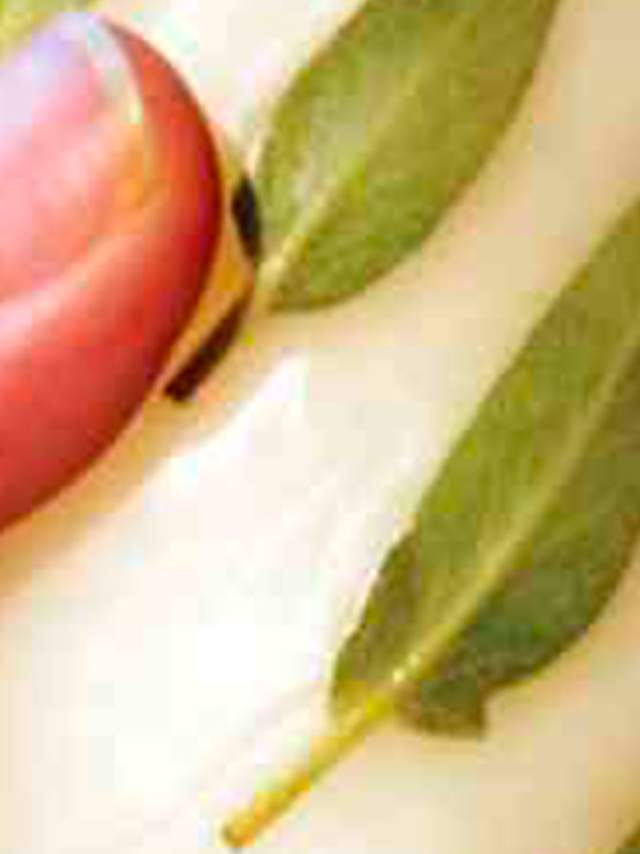Make a Scented Candle

Candle Making
Making and decorating candles is fun, can be easy or more complex. Here are a few basic candle-making suggestions from Mother Earth Living.
Candle Wax
Paraffin, a traditional and common (but bad for the environment) candle wax, is now frequently replaced in home candle-making with beeswax, an all-natural alternative with a naturally pleasant honey scent. Beeswax comes in a variety of forms, is easy to work with, burns longer and doesn’t shrink when it cools. Soy wax is another, more recent paraffin alternative. It’s all-natural, burns cleaner, may be microwaveable (check the labeling on the package), doesn’t shrink as it cools, and you may find it’s less expensive than beeswax.
Making Candle Scents
Decorating your candle with herbs is a great way to add visual interest. At the same time, you can infuse scents. There are a few methods to add scent to candle wax. You can use fragrance oils, essential oils, or dried herbs that steep in the hot wax and are then removed. Fragrance oils have the advantage of mixing better with wax. However, essential oils have healing, relaxing, and other beneficial properties. When using pure essential oils, remember that a little goes a long way and test them in small doses before you make a large batch. Alternately, if you have some dried herbs, flowers or spices, they can accomplish the same goal. They cost less than essential oils but require steeping, straining, and drying. Be sure to take into consideration how their colors may impact the wax.
Unscented candles can be made scented by adding a drop of essential oil to the wax well before lighting, or you can pierce holes in a thick candle and fill them with essential oil. For this method, hold a metal ice pick over your stove’s heating element and then
press it down into the candle, leaving a hole that can be filled with essential oil. For larger candles, make two or three holes to fill, about 1/4 to 1/2 inch from the wick.
Embedded Herbs Candle Recipe
• Light-colored taper candle
• Candle mold (1 to 2 inches wider than base candle above)
• Whole spices, dried herbs or flowers
• Essential oil, optional
• Translucent or light-colored wax
• Melting pot, such as a double boiler
1. Lightly coat the inside of the mold with vegetable oil. Set taper candle upside down in the center of the mold.
2. Trim the bottom of the candle so it’s lower than the top of the mold. Tuck the wick through the wick hole in the bottom of the mold and plug with mold sealer.
3. Put enough whole spices, dried herbs or flowers around the taper to fill about half of the open space in the mold.
4. Follow the manufacturer’s instructions for melting wax. If you want to add a scent to the wax, do so just before pouring it.
5. Pour wax over the herbs, flowers, or spices and mix gently with a skewer. Add more botanicals and wax before it begins to cool and set, trying to keep the taper candle centered.
6. Place mold in a cool-water bath and top off the wax to even out the bottom of the candle. When burning this type of candle, keep the wick trimmed and ensure the base taper candle is burning down the center and not the outer layer you’ve created. Once the center has burned down a bit, you can place a tea light in the cavity and replace it as needed to keep from disrupting or burning the exterior spices and surrounding wax.
From Mother Earth Living and authored by Dawna Edwards, a former Herb Companion editor and freelance writer.
https://content.motherearthliving.com/healthy-home/embedded-herbs-candle-recipe-zmaz06onzgoe
